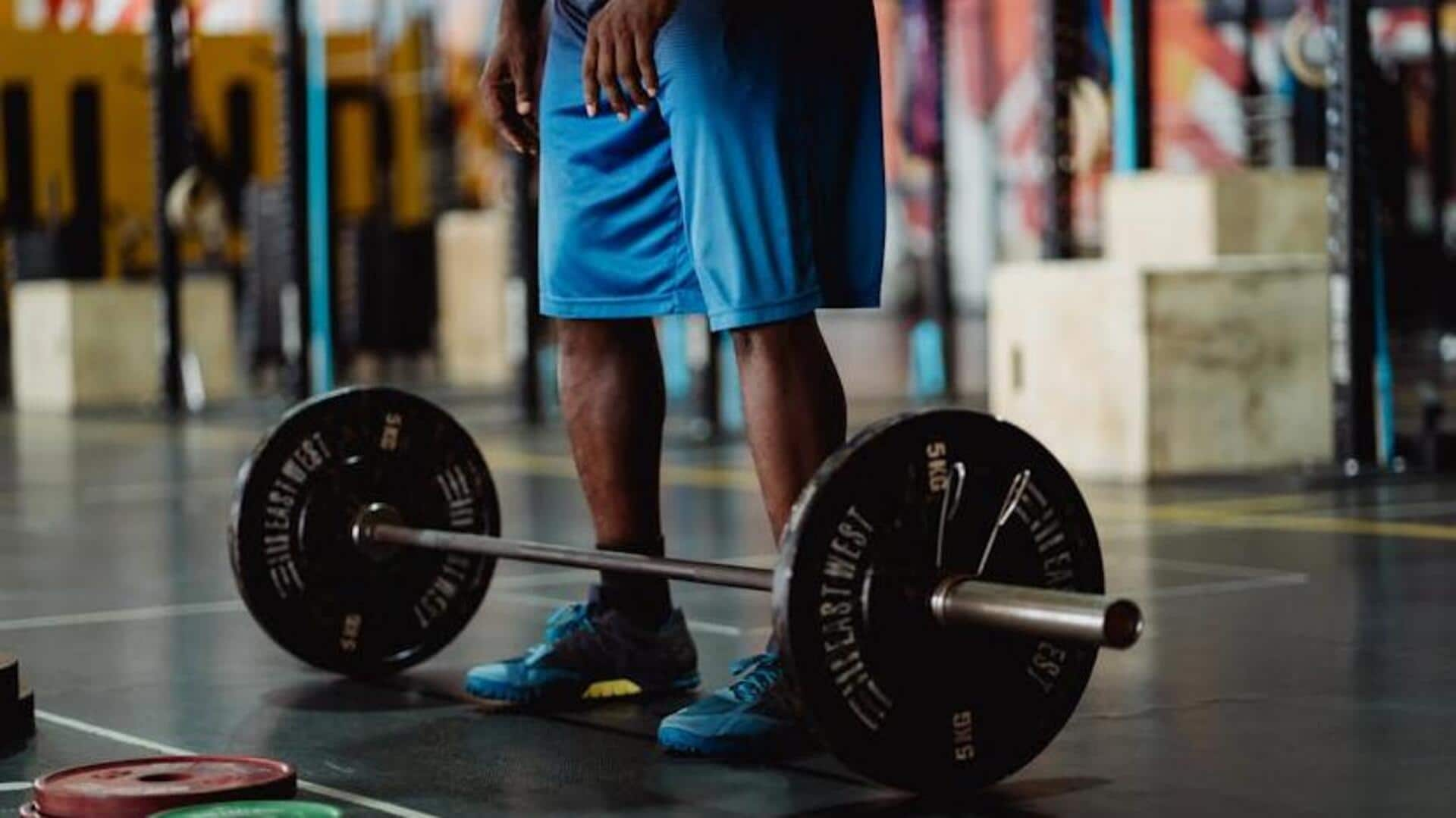
Unlocking strength with Olympic weightlifting
What's the story
Olympic weightlifting, a powerful discipline for developing strength, power, and overall athleticism, revolves around two fundamental lifts: the snatch and the clean and jerk. These movements are full-body exercises requiring speed, flexibility, and coordination, working multiple muscle groups simultaneously. This article will uncover how to optimize your gains with Olympic weightlifting by providing a comprehensive breakdown of its essential workout components.
#1
Mastering the basics first
Don't rush into complicated lifts; instead, focus on mastering the basics first. This involves perfecting your form and technique for fundamental movements like squats, deadlifts, and presses. Dedicating time to these exercises establishes a strong foundation, minimizes injury risk, and guarantees more efficient progress in Olympic weightlifting. Strive for consistency in your practice; remember, Rome wasn't built in a day!
#2
Incorporating mobility work
Great mobility means deeper squats, better overhead positions, and safer lifting techniques. Add dynamic stretches to your warm-up and have whole sessions dedicated to flexibility, focusing on key areas like hips, shoulders, and ankles. Not only will this improve your performance, but it also helps prevent injuries, making it a crucial part of training.
#3
Focusing on explosive power
Olympic weightlifting is a sport of explosive power. It's not just about lifting heavy—it's about moving weight with speed and intensity. To build this kind of power, incorporate plyometric exercises into your training routine. Think box jumps or medicine ball throws. These movements enhance neuromuscular coordination and boost your ability to generate force—key components to performing snatches and clean jerks with maximum efficiency.
#4
Prioritizing recovery
Recovery is key for gains in Olympic weightlifting. Ensure you're getting plenty of sleep for muscle repair and growth. Incorporate active recovery days for low-impact activities like walking or yoga to keep muscles loose. Eat a balanced diet with enough protein to fuel muscle repair. By focusing on these areas, you'll maximize your strength gains while minimizing the risk of injury.